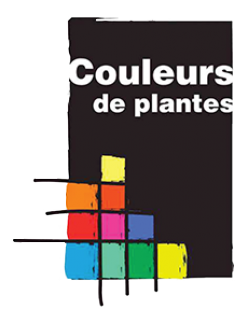Indicative color
red-pink
Products available in catalog



Plant extract (ref C03, Madder rich – red), (ref C04 Madder standard red-orange), Plant pigment (ref P01 – red and ref P11 – pink), Pigmented oil (ref PH01 – red and PH11 – pink, red)
Scientific name: Rubia tinctorum L.
French name: Garance des teinturiers
English name: Madder
Old names: GaranCI a, Radix, Roza, Rozza, Roxa, Roça, Rocchia, Robia, Barantia, Herba tinctorum, Herba fallonum
Medieval names: Warentia (carolingien), WaranCI a, Wratja (francique), Rezza (German), Varancia, Rubea
Botanical origin: Persia and Eastern Mediterranean
Crop production and manufacturing: Poitou-Charentes – France
Parts of plant used: Roots
Nomenclature
N° CAS : [84650-16-8]
N° EINECS / EC : 283-497-9
Nom INCI : Rubia tinctorum root extract
CI : 75330 Natural Red 8 (alizarine/ ruberythric acid)
Documents available
- Analysis report
- Technical specifications
- Material Safety Data Sheet
- Raw material information data sheet
Historical importance
This species is historically cultivated in the Mediterranean region: Greece, Italy, France, Spain, Algeria and Minor Asia. This is one of the most famous dye plants in Europe, particularly in the south of France where production in the late 19th century, represented more than a third of world production (25 000 tonnes per year). Known since Egyptian antiquity (- 3000 BC), it was cultivated by the Greeks, Romans and Gauls. In France, it was cropped from 12th to 19th century and went into decline with the discovery of the synthesis of alizarin (1869). The first recipe for dyeing wool red Madder is recorded on a Babylonian tablet in the 7th century Before-Christ. Antique textiles found in Egypt and dating from about 1350 BC highlighted the use of Madder for dyeing.
Madder is the origin of the famous “Adrianople red” (or red Turkish) giving a bright red on cotton, in a long and tedious recipe.
Phytochemistry
We count at least 28 derivative anthraquinones under free or glycosylated forms into Madders’ root. But only 15 are involved in natural red dye n°8 of color index.
Crop production – Manufacturing
We cultivate Madder in Poitou-Charentes (France). It is a perennial herbaceous plant belonging to the family of Rubiaceae, long branched roots, where are concentrated many dyeing principles.
Harvesting root is achieved after three or four years by mechanical harvesting. The roots are sorted to remove dirt and pebbles, washed and dried, then finely crushed.
We manufacture Madder extract, pigment and pigmented oil in France.

 Online shop
Online shop Private space
Private space Recherche
Recherche Request
Request